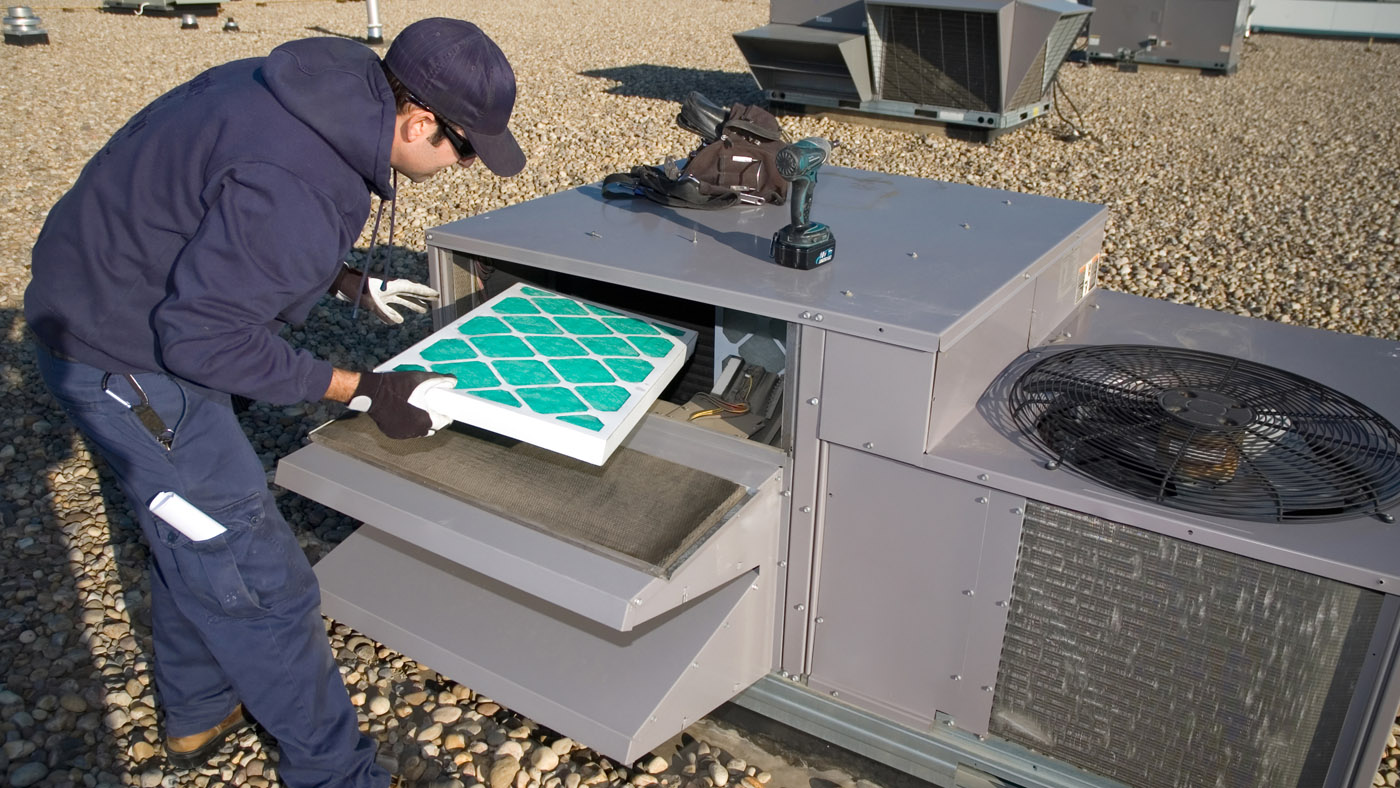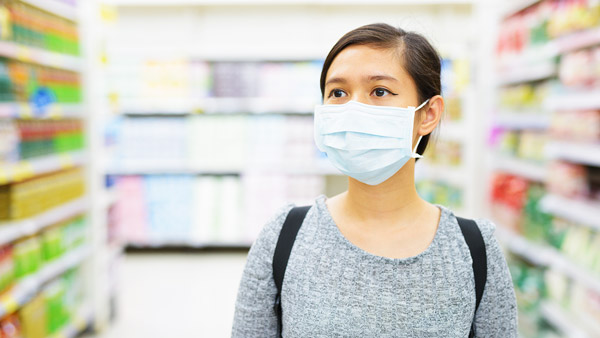HOW RETAILERS AND RESTAURANTS CAN REDUCE EMPLOYEE AND CUSTOMER FEARS DURING THE PANDEMIC
Grocery stores, convenience stores and restaurants are on the frontlines of the COVID-19 pandemic, struggling to keep their customers and employees safe while keeping the businesses open, and the population fed and stocked with essential needs. Everyone is understandably concerned, as these are unprecedented times.
At Vixxo, we have identified a number of best practices to keep facilities clean and sanitized, despite limited staff and resources. While nothing can eliminate the threat of a COVID-19 carrier entering your establishment and compromising the environment, there are things businesses can do proactively to improve safety and counter the fear.
BEYOND STANDARD CLEANING PRACTICES
Increasing your janitorial frequency and offering sanitizing wipes or cleaners to everyone entering the establishment is a good start. But stores need to go above and beyond during the COVID-19 outbreak to ensure that they:
- Implement rigorous daily cleaning. Non-toxic, non-corrosive and FDA/EPA-approved virus-killing sanitizers should be applied to all high-touch areas and surfaces.
- Sanitize each part of the facility. Start at the back of the house, and move to the front of the house. Grocery stores, for example, should begin at the loading dock, and move to the front of the store, then outside the building.
- Consider in-demand areas that typical janitorial procedures may not address. As customers spend more time in their homes, there has been a rise in demand for items like rented movies, ice and propane. Take careful consideration to sanitize these high-touch, high-demand areas such as RedBox video kiosks, propane filling stations, ice coolers, refrigeration doors/handles, credit card readers and gas pumps.
- Prioritize employee hygiene. During these times, make sure employees understand the role they can play in helping to stop the spread of the virus by practicing more stringent hygiene. Regular handwashing and use of hand sanitizer or gloves should be used in the workplace, more so than anywhere else.
WHILE YOU WERE AWAY
For retailers and restaurants that are forced to shut down temporarily and plan to reopen based on their local governance, it won’t be enough to put out a message saying, “It’s fine to come back now.” Businesses need to provide extra assurances that you implemented unprecedented processes to sanitize the premises and put added precautions in place to prevent future spread of the virus. Employees and consumers need to know that you planned for and prioritized their well-being, even while closed. Be transparent about the sanitization efforts made at every location to emphasize that you are ready to serve them again.
For businesses that have been exposed to the virus – whether it be through an employee or tracked back to a customer – it’s time to bring in experts. Facilities management experts understand what, how and when specific deep cleaning products and protocols need to be applied to which equipment and high-touch areas. Eradicating the virus from metal and glass surfaces requires different processes than treating carpets and other soft materials, for example. Some situations may require the expertise of a biohazard partner or special equipment like disinfectant foggers to mitigate the virus. Ensure facilities teams have a standard operating procedure in the event that an exposure has occurred. This will protect employees and allow for a quick re-open with the proper procedures in place.
CREATE CONFIDENCE THROUGH COMMUNICATION AND DUE DILIGENCE
While businesses have significantly ramped up sanitization procedures and food safety practices in their facilities, they need to understand that this is as much a psychological challenge as it is a physical one. The unknown creates stress and shakes confidence.
Consequently, restaurants and food retailers need to take extraordinary steps to instill confidence in both their employees and customers. Business as usual won’t cut it. Employees and customers need to know that you have put their health and safety first.
For businesses like grocery stores, convenience stores and restaurant chains that remain open during the pandemic, the key is to “de-risk” locations by consistently disinfecting high-touch, high volume surfaces and areas. This may require a fresh eye from someone not in the store day-to-day to ensure that no surface is overlooked.
The goal is to make sure that consumers and employees feel safe. This requires establishing exhaustive new safety and sanitization standards, and then loudly communicating to the world how you’ve implemented those standards through in-store signage, emails and on your website.
The COVID-19 pandemic has created a crisis in confidence for the restaurant and food retail industry. In the end, employees and customers simply want assurances that you have a plan and implemented the safety and sanitation processes to the best of your ability. Having clear, open and frequent communication about the steps you have taken to mitigate the risk is as important as the steps themselves.
Check out thisvideo for more best practices for disinfecting and sanitizing your site.




